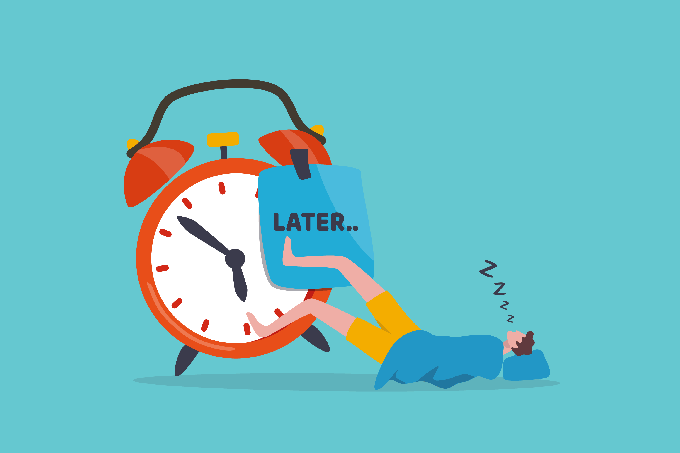
Some people have an innate predisposition to balance and symmetry, who keep their belongings neat and tidy. However, order, rather than an innate habit, is acquired through practice or learned from family, partners, or friends.
Rejection of disorder
Aristotle explained that virtue is found in the golden mean , and this also applies to order. A cluttered house projects mental chaos and becomes uncomfortable, even for its disorganized inhabitants.
Clutter often provokes rejection and becomes an unpleasant habit for others, hinders socialization, and reinforces isolation. You’ve probably heard of compulsive hoarding syndrome , in which some people begin accumulating objects and junk in their homes, seclude themselves for weeks or months, and eventually have to be rescued by the police or fire department.
At the other extreme, an obsession with order, which alters mood when something is out of place, can dangerously lead to obsessive-compulsive personality disorder. You may remember the disturbing film Sleeping with the Enemy , in which Julia Roberts plays Laura Burney, a woman married to a controlling man who inflicts both moral and physical violence on her.
The husband’s restless nature is reflected in small domestic details: he demands strict order in the placement of towels in the bathroom, the arrangement of cans in the pantry, and the placement of hangers and clothes in the closets. When he finds an object “out of place,” in his opinion, he corrects and threatens his wife.
Defenders of order argue that its fundamental advantage is that things can be found at all times because they are in fixed locations (“everything in its place”) and time is not wasted searching for them. It’s about efficiency and enjoying a pleasant environment. Its detractors, on the other hand, claim space for spontaneity and freedom.
Plan and prioritize
Undoubtedly, one of the foundations of good management is the organization of one’s personal and work agenda. Planning and prioritizing activities is a habit that allows you to address important issues systematically, make better decisions, and boost the organization’s performance.
Among the many things I learned working with Juan Miguel Antoñanzas , former president of the advisory board of IE Business School and eminent executive, are good management and planning practices: I was struck by his systematic order in handling tasks.
He used to carry a sheet of paper, always in the same format, with a list of tasks to be executed, arranged according to priority, importance, and timeframe. The most relevant and medium-term tasks were at the top of the list, allowing him to think about them regularly. The most immediate ones, ranging from congratulating someone to making a phone call, appeared at the bottom and were the ones he executed first. Thus, he crossed them off from bottom to top.
After a day or two, he would change the sheet, replacing the missing items with new additions of commitments and decisions. This order allowed him to be extremely efficient. Today, logically, he would have traded the sheet of paper for one of the Microsoft Office applications.
Order and adaptability
A unique manifestation of disorder, especially in the workplace, is procrastination : “The action or habit of delaying activities or situations that need to be addressed, replacing them with other more irrelevant or pleasant situations out of fear of facing them or laziness to do so.”
If you keep your professional schedule organized, it’s normal for most of your hours to be filled with meetings, video conferences, presentations, off-site visits, or travel. If organizations use shared digital planners, in addition to helping each professional better organize their time, it makes work more transparent, as our colleagues also know if we have available slots for their requests. By the way, try to have some availability for unforeseen events. People with rigid schedules make themselves unpopular and don’t create an image of productivity.
I’ve adopted Antoñanzas’ example as the practice of writing down all of the week’s important tasks, both personal and professional, on a piece of paper. I look at that sheet every morning and try to move forward, keeping in mind the immediacy and relevance of the task.
However, many of us are guilty of procrastination, unnecessarily postponing tasks we’ve set out to accomplish. This excludes, of course, delaying activities due to unforeseen events, something very common in the professional environment. If we have to address an emergency, it’s not procrastination but rather adjusting priorities.
Author Bio: Santiago Iñiguez de Onzoño is President of IE University